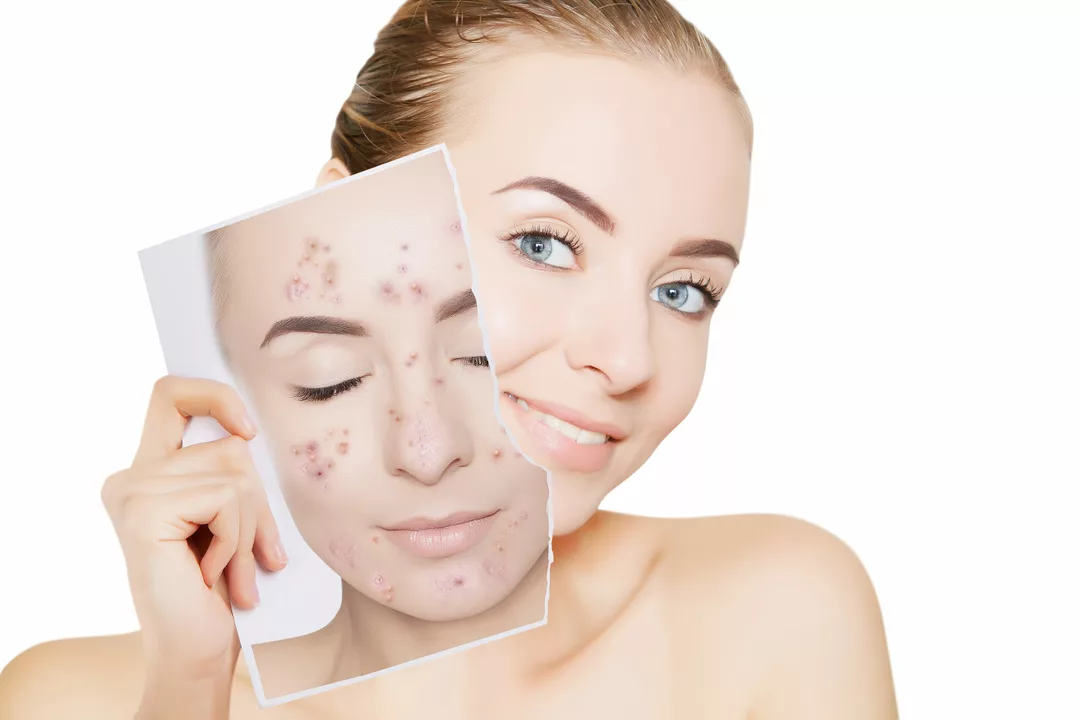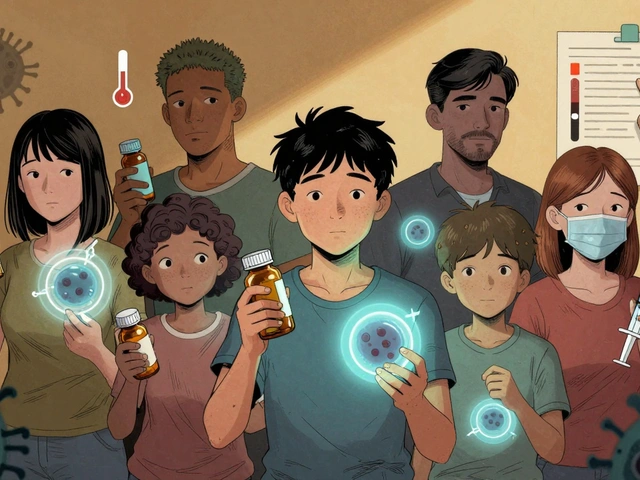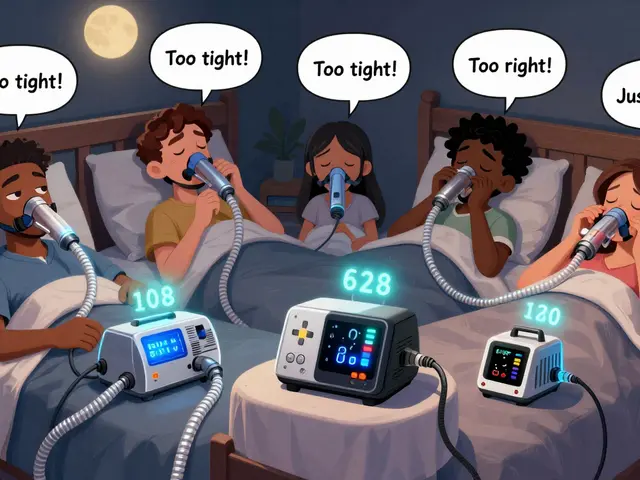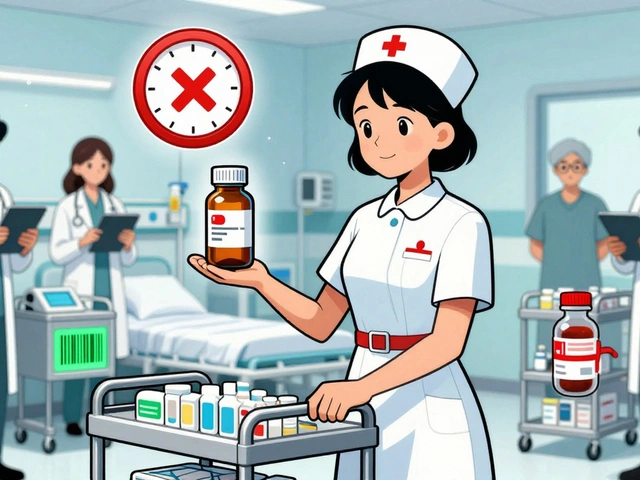Acne treatments: practical options that actually work
Got stubborn pimples? Acne feels personal and annoying, but you don’t need miracle products to get better skin. This page gives clear, practical steps: what to try first, when to move up to prescription meds, and how to avoid common mistakes. No fluff—just useful tips you can use today.
First-line over-the-counter options
Start simple. For mild to moderate acne, these OTC ingredients are proven and cheap: benzoyl peroxide, salicylic acid, and topical retinoids (adapalene 0.1%). Use a benzoyl peroxide gel at 2.5–5% once daily if you get inflamed spots. It kills acne bacteria and reduces oil. For blackheads and whiteheads, a salicylic acid cleanser or leave-on product helps unclog pores.
Adapalene (a gentle retinoid) is great for preventing new pimples and improving skin texture. Expect 8–12 weeks before you see real change. Don’t overuse products: start every other day if your skin gets dry, then build up. Pair with a non-comedogenic moisturizer and SPF every morning—retinoids and acne products can make skin sensitive to sun.
Prescription options and safety
If OTC methods don’t cut it after 2–3 months, talk to a clinician. Common prescriptions include topical antibiotics combined with benzoyl peroxide, oral antibiotics for moderate cases, hormonal treatments for women (combined birth control pills or spironolactone), and isotretinoin for severe or scarring acne.
Isotretinoin (Accutane) can clear acne that won’t respond to anything else, but it has real risks: birth defects if taken during pregnancy, dry skin, possible mood changes, and lab monitoring needs. If you’re reading about buying meds online, be cautious. Only use reputable pharmacies and a valid prescription. Our site covers safe online pharmacy tips—always confirm the provider is licensed and requires a real prescription.
Antibiotics should be timed and limited to avoid resistance. Doctors usually prescribe them for a few months while other long-term treatments kick in. Hormonal options like spironolactone work well for many women, but you’ll need medical follow-up for dosing and side effects.
Combine treatments for better results: a topical retinoid at night, benzoyl peroxide in the morning, and a gentle cleanser. Avoid harsh scrubs and excessive washing; they irritate skin and can make acne worse. Pick fragrance-free, non-comedogenic products to reduce irritation.
When to see a dermatologist: if acne is widespread, painful, leaving scars, or not improving after 3 months of consistent OTC treatment. A dermatologist can speed things up and protect your skin from scarring.
Final quick checklist: try benzoyl peroxide and adapalene first; moisturize and use SPF; avoid product overload; see a clinician if no improvement; and be careful when buying prescription meds online—use trusted, licensed pharmacies and always keep your doctor in the loop.

Isotretinoin and the Future of Acne Treatments
As a blogger, I recently came across the topic of Isotretinoin and its potential impact on the future of acne treatments. From my research, I learned that Isotretinoin, also known as Accutane, is an oral medication that has been proven highly effective in treating severe acne. Its ability to reduce oil production and inflammation makes it a promising option for those struggling with persistent breakouts. However, it's essential to be aware of the potential side effects, such as dry skin and birth defects, which may require careful monitoring by a healthcare professional. In conclusion, Isotretinoin could revolutionize how we approach acne treatment, but it's crucial to weigh the benefits and risks before considering it as an option.
View More




